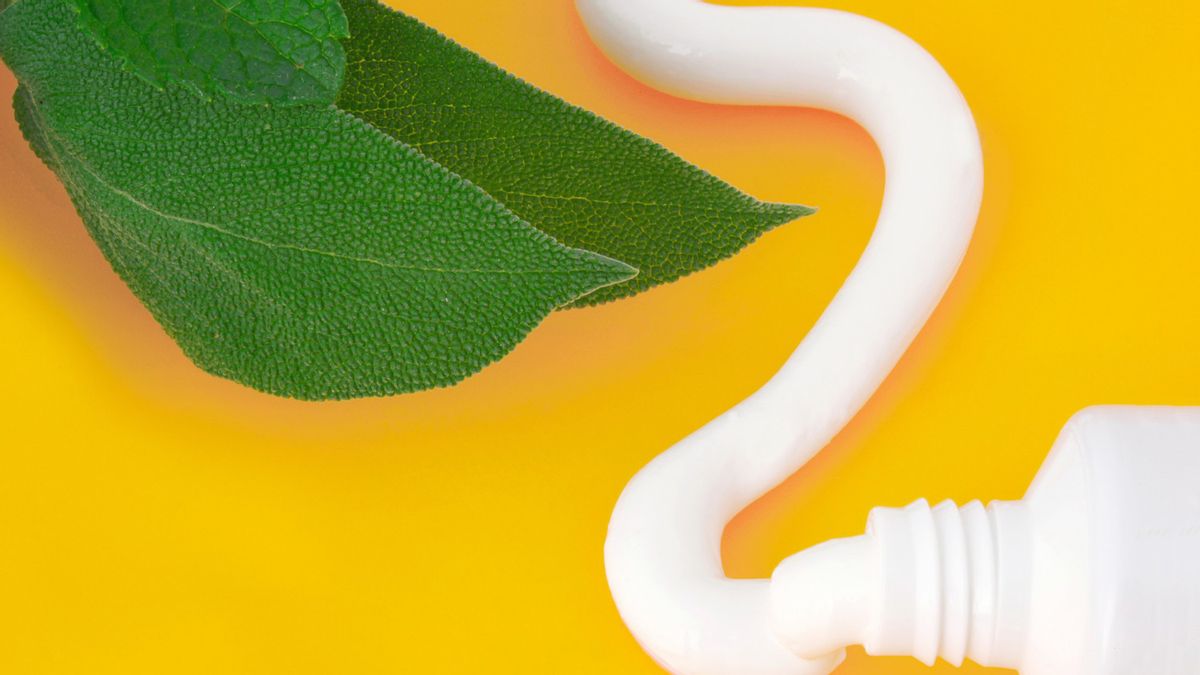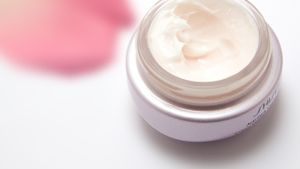JAKARTA – Brushing your teeth with a mint-scented cleansing paste has become a part of everyday life. But most toothpaste scents are fresh minty scents, why not melon or watermelon which both radiate freshness?
Some product innovations, there are also bacon and cupcake scents for toothpaste scents. But now, as reported by Reader's Digest, Wednesday, February 23, the company no longer produces new scented toothpaste. The reason is, the mint aroma has been embedded in society so that innovation is difficult to break convention.
Terang Catalina Lee, from Colgate Worldwide, Global Flavors and Fragrances, mint contains the widely recognized active ingredient, menthol. Menthol can trick the brain, it sends a signal that creates a sensation of ice in the mouth. Ice builds a fresh and clean sensation, that's why mint scent is chosen for toothpaste.

Before using fresh mint, the company Lee worked for in the 1800s used North American peppermint and spearmint oils for toothpaste scents. While toothpaste itself based on the history described by Lee, began to be used around 500 BC in Egypt.
At the same time, the Ancient Greeks and Romans are believed to have used some form of toothpaste. However, the Chinese are creative with toothpaste using ingredients such as ginseng, herbal mint, and salt.
Toothpaste fragrance for children, customized. Like there are strawberries, watermelon, chocolate, and chewing gum. But still can't beat the very fresh mint flavor. Mostly, the menthol aroma is combined with other aromas, such as vanilla, cloves, cinnamon, and other spices. Even fruity aromas, such as watermelon, orange, and grapes have also been combined without reducing the freshness of the mint.
In the 1950s, mint only smelled like toothpaste. After a decade of research by the University of Indiana, Proctor & Gamble added fluoride to toothpaste. Citing Forbes, the study claims that fluoride is clinically proven to fight decay. Then other toothpaste manufacturers soon followed suit adding fluoride and other ingredients to fight cavities, dental disease, and tartar.
The English, Chinese, Japanese, Arabic, and French versions are automatically generated by the AI. So there may still be inaccuracies in translating, please always see Indonesian as our main language. (system supported by DigitalSiber.id)













